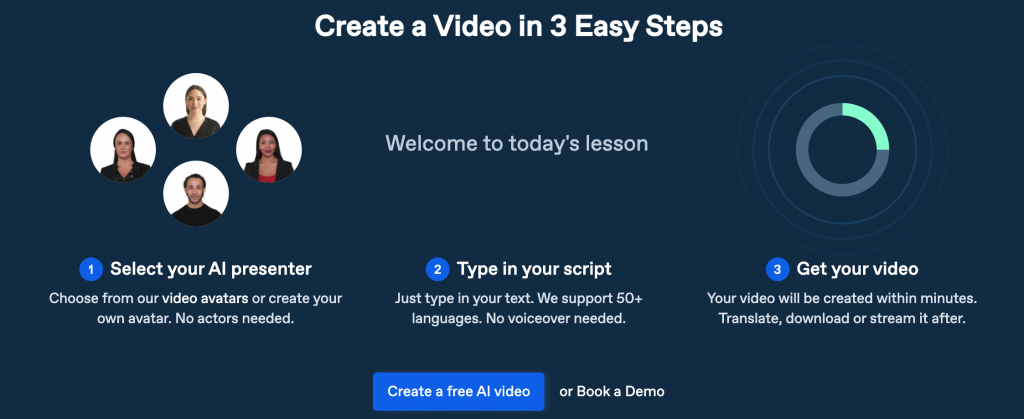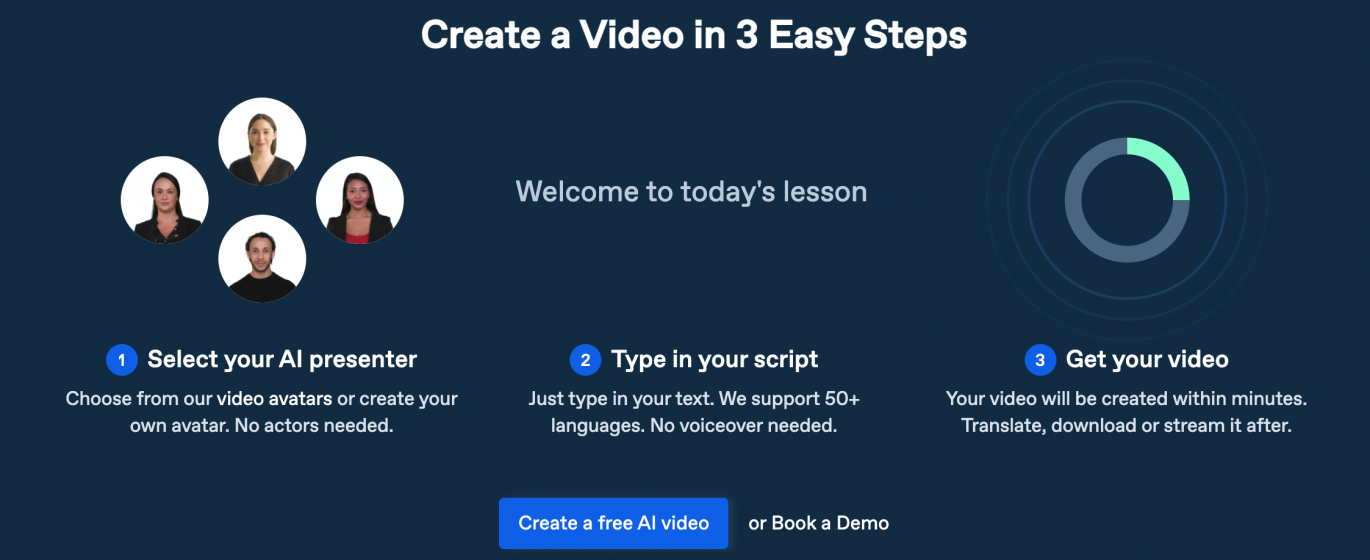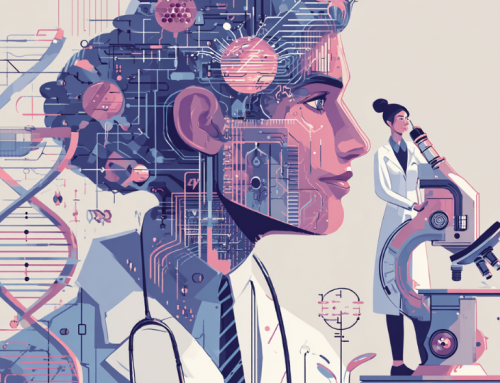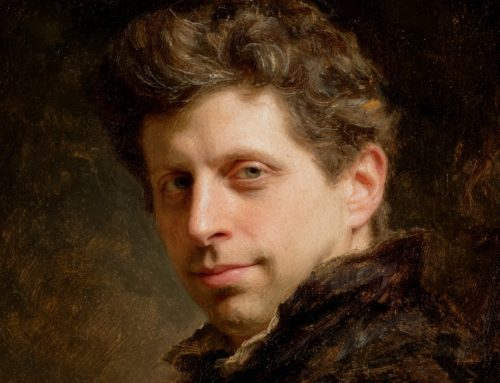
Anyone can go to the Synthesia website and create a deepfake video example.
Accounting Firm Uses Deepfake Videos in Other Languages to Appeal to Partners
The firm EY, formerly known as Ernst & Young, has begun using deepfake videos of its executives talking to clients through the efforts of a UK-based AI firm, Synthesia. The video clips use body doubles with talking heads of the EY representatives. The company calls them artificial reality identities (ARIs), instead of deepfakes.
The Wired.com story on the new form of email and presentation videos highlights how the technology is being adapted for business use during the pandemic, when it’s harder than ever to form chummy relationships between companies, both nationally and internationally. EY partners use their video doubles not only for English communication but also use the translation function built into Synthesia’s technology to display an AI avatar to speak other languages, such as Japanese.
“We’re using it as a differentiator and reinforcement of who the person is,” says Jared Reeder, who works at EY on a team that provides creative and technical assistance to partners. In the past few months he has come to specialize in making AI doubles of his coworkers. “As opposed to sending an email and saying ‘Hey we’re still on for Friday,’ you can see me and hear my voice,” he says.

Reeder said the novelty of the ARIs generates interest in the company and excites the recipients in the course of routine communication.
“It’s like bringing a puppy on camera,” he says. “They warm up to it.”
The technology is also being used to customize stock photos, generate models to show off new clothing, and in Hollywood productions.
“Lucasfilm recently hired a prominent member of the thriving online community of amateur deepfakers, who had won millions of views for clips in which he reworked faces in Star Wars clips. Nvidia, whose graphics chips power many AI projects, revealed last week that a recent keynote by CEO Jensen Huang had been faked with the help of machine learning.”
The wired.com story explains how the technology works and what could be expected from it in the future, as companies become more creative with AI tools.
read more at wired.com








Leave A Comment